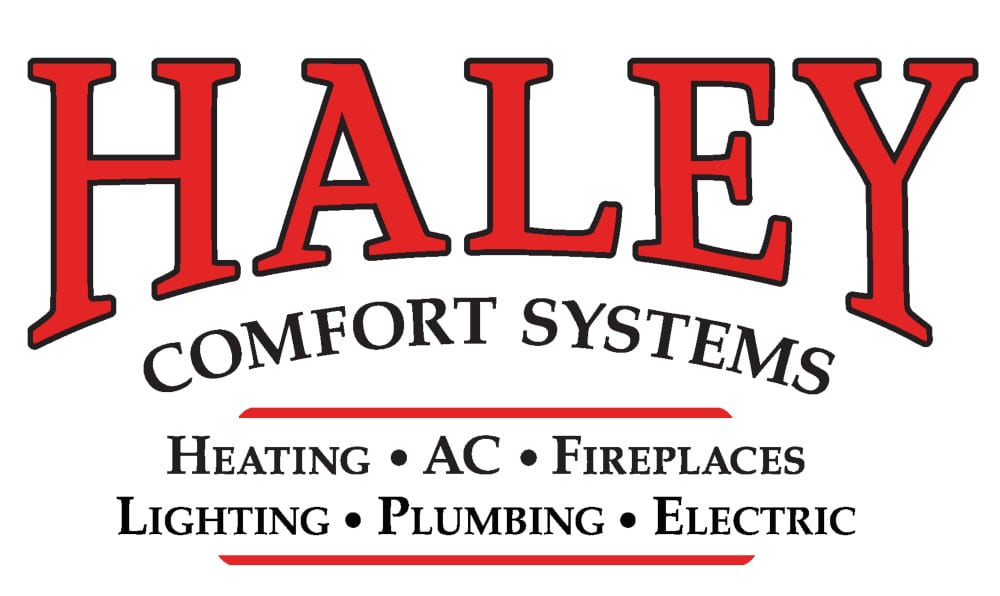When it comes to the stoves that are used for the purposes of home heating, the consumer has a few basic options. To help the public understand their options, here are some brief descriptions of the different types of heating stoves and how they work.
Wood burning stoves
This is a stove that is primarily used for the purposes of heating in which wood is the primary fuel. Wood stoves are generally made from an all-metal construction, which would most commonly be steel or cast iron. The main components of a wood stove are the burn chamber and the flue or chimney.
Gas heating stoves
A gas stove provides heat to a house in a manner that is similar to that of a wood burner, but these models are designed to burn propane or natural gas instead of wood. With the use of gas, the stove emits less pollution and they tend to be easier to manage than their wood burning counterparts. Gas burning stoves come in the direct vent models and in the ventless models.
Electric heating stoves
The electric stoves are basically electric heaters that are designed to replicate the look and feel of traditional heating stoves. The main difference is that they use electricity as their fuel instead of gas or wood. Many of the available models are portable and capable of operating on a standard home electrical outlet. There are also models that have the option to turn off the heating feature so that the user can enjoy the look of the flames in the chamber without having the heat.
Pellet Stoves
This is a type of heating stove that burns pellets of compressed wood or other biomass material rather than burning gas or chopped wood. The user puts the fuel pellets into a hopper; from the hopper the pellets are fed into a burn chamber to produce heat. Since a pellet stove uses a mechanical system to feed the pellets into the burn chamber, it will need electricity to operate.
The different types of heating stoves all have their advantages and disadvantages. The type that is right for any given situation will depend on the needs, priorities and preferences of the homeowner. Understanding how the different stoves work and what they have to offer will help consumers to make a better decision.
